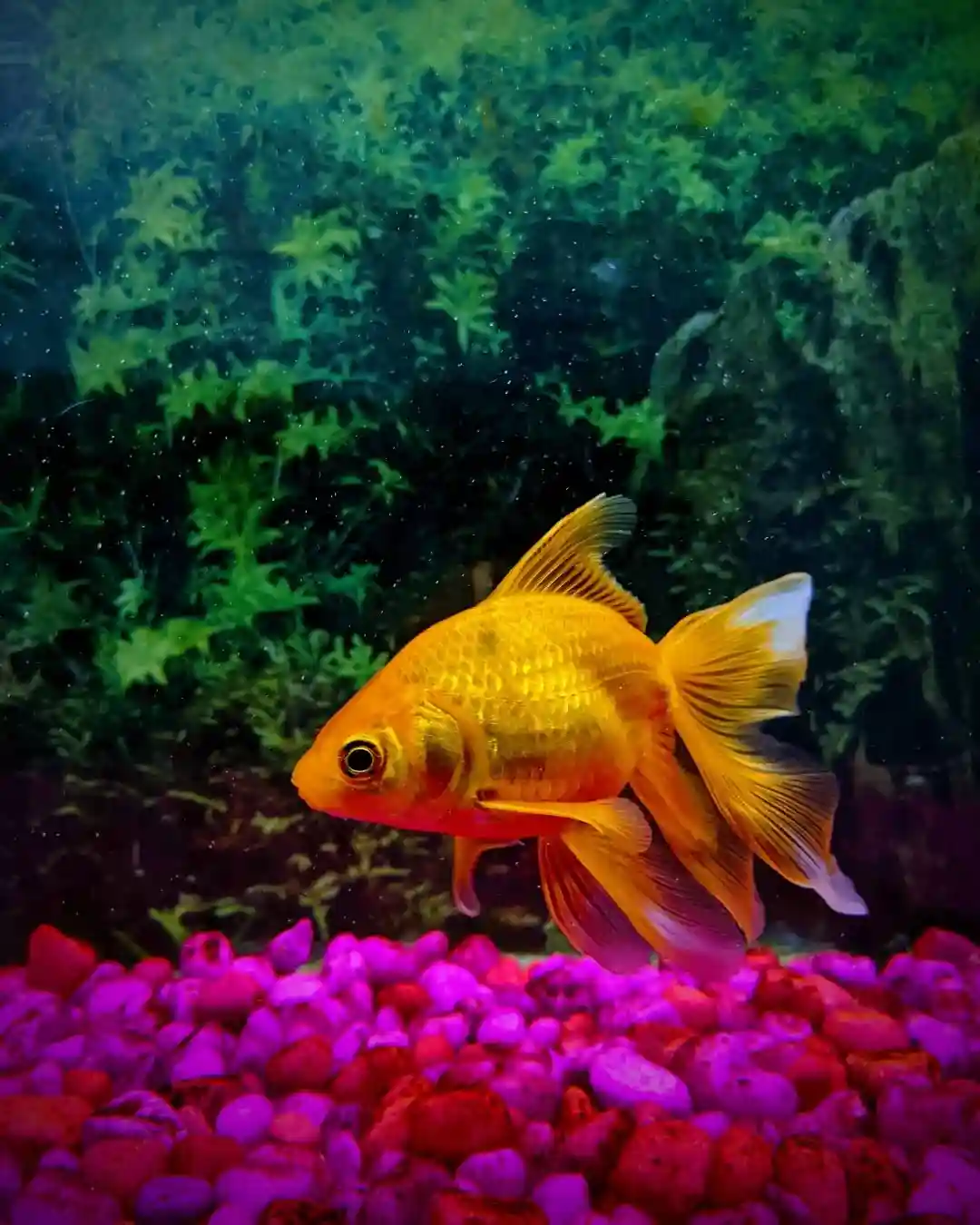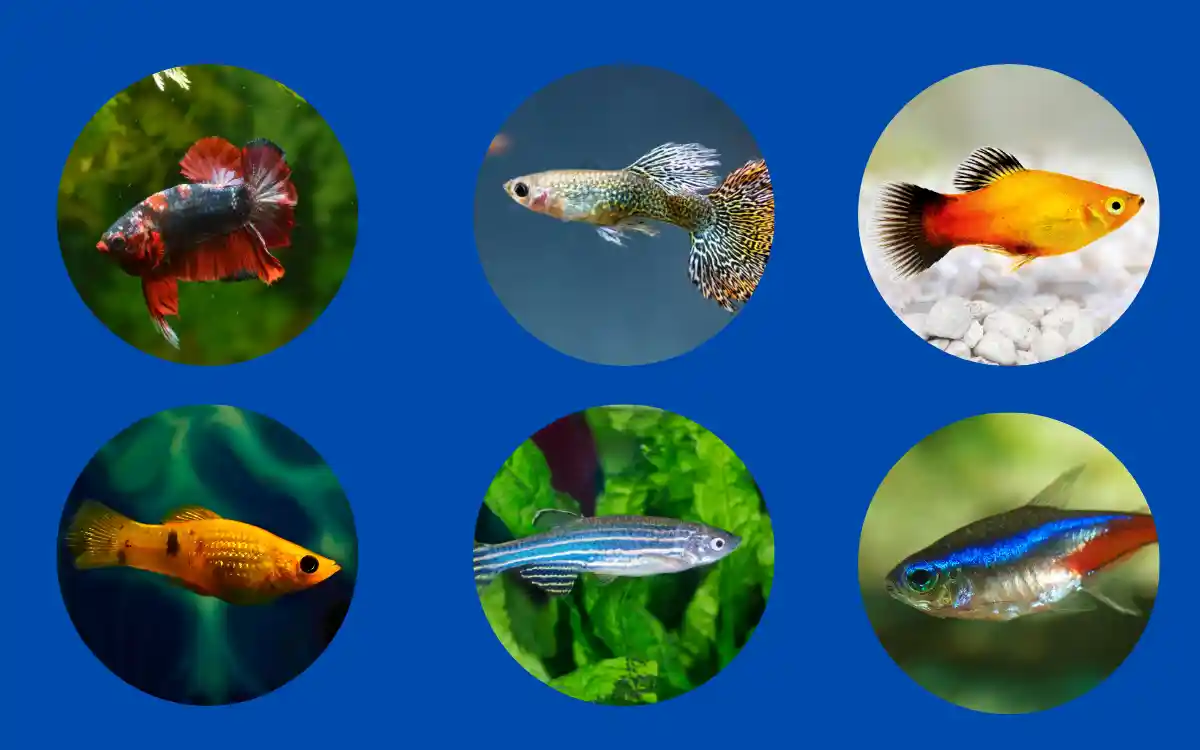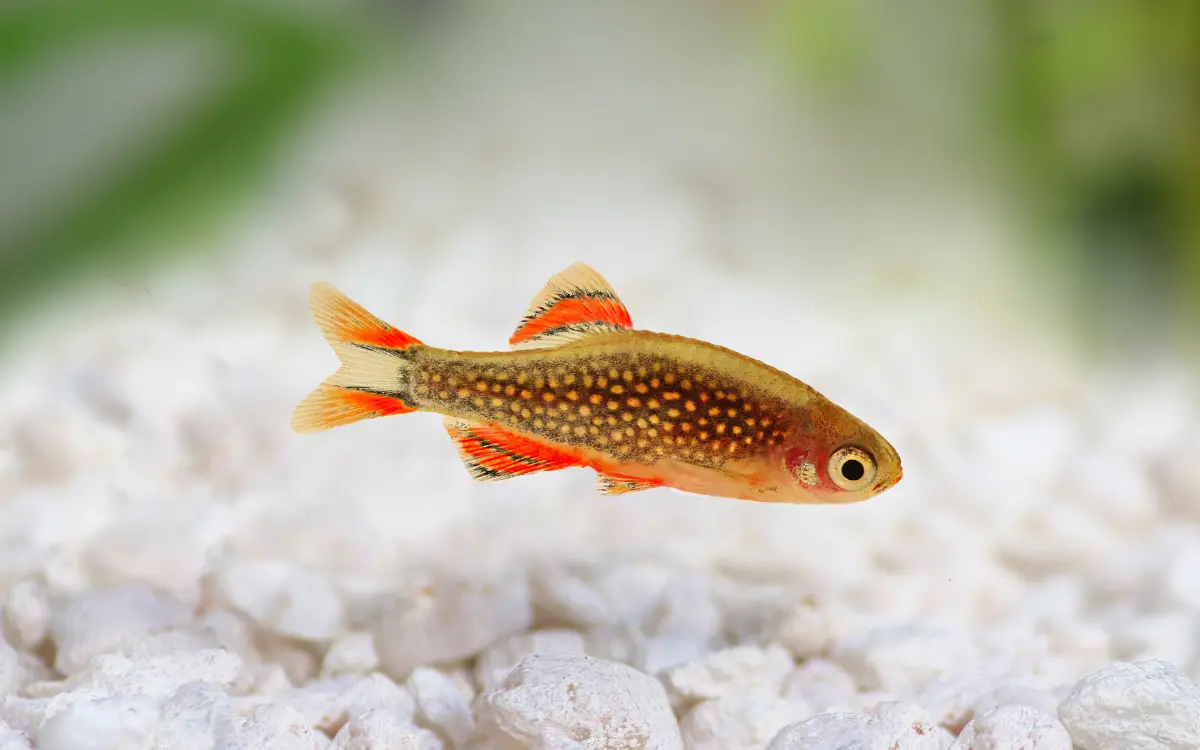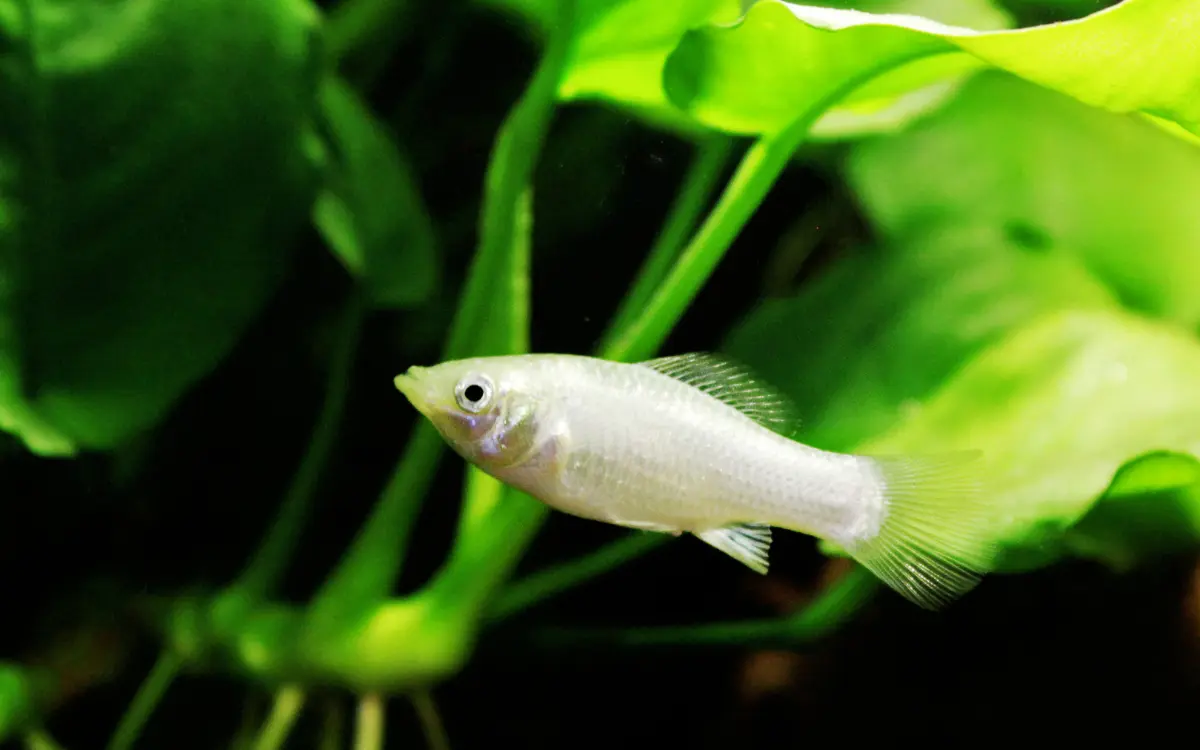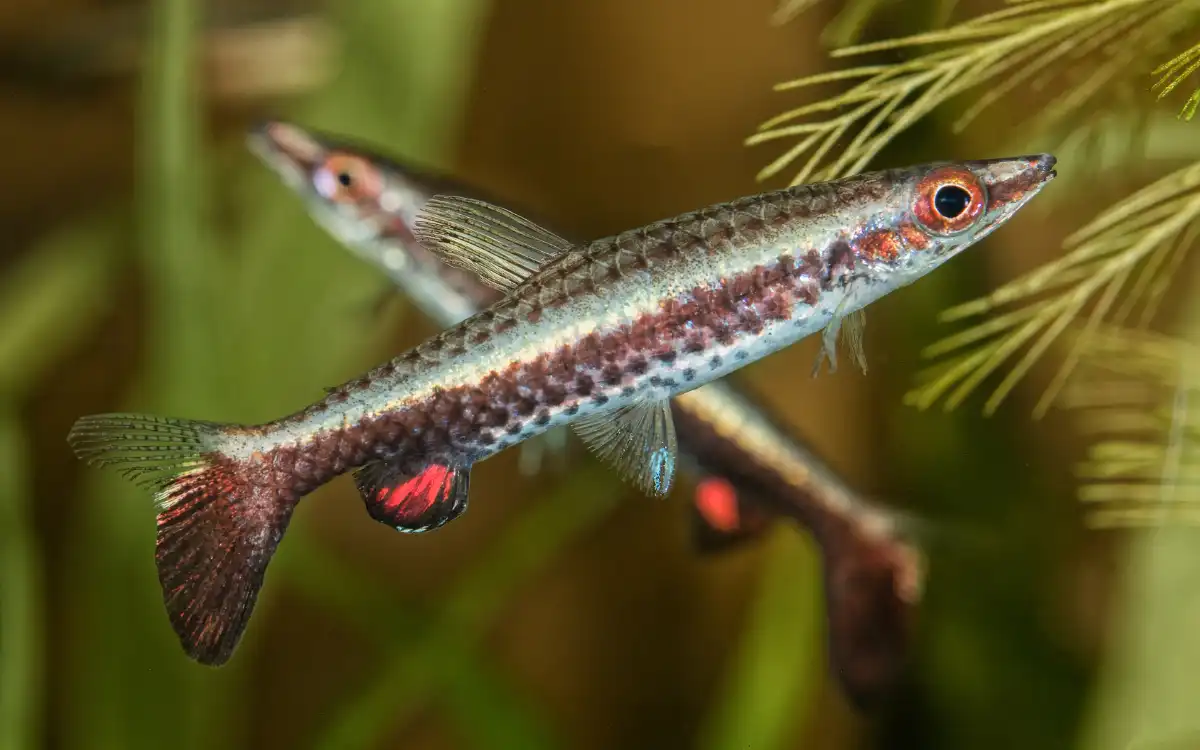oranda goldfish care guide
Oranda goldfish are one of the most popular fancy goldfish breeds, known for their round bodies, flowing fins, and distinctive head growth called a “wen.” Though elegant in appearance, they are still hardy and beginner-friendly when provided the right environment.
Whether you’re considering your first Oranda or upgrading their tank, this guide covers everything you need to know to keep them healthy and thriving.
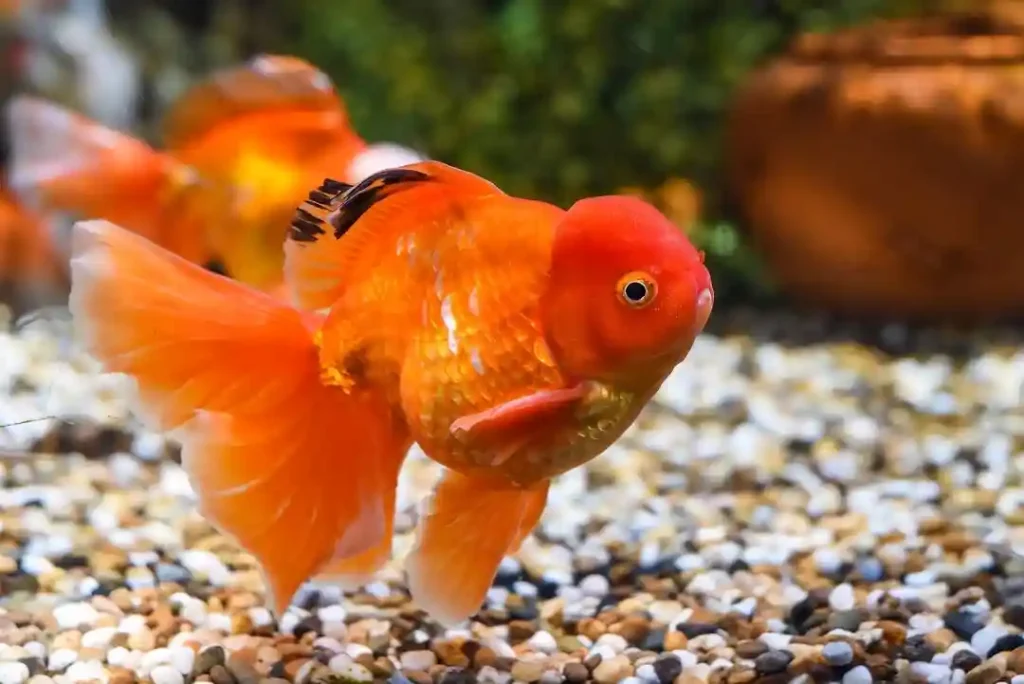
Quick Species Profile
| Feature | Details |
| Scientific Name | Carassius auratus (Oranda) |
| Common Name | Oranda Goldfish |
| Size | 6–8 inches (some reach 10+) |
| Lifespan | 10–15 years |
| Origin | China and Japan (selectively bred) |
| Temperament | Peaceful, social |
| Tank Size | 20+ gallons per fish |
| Temperature | 65–75°F |
| pH Range | 6.5–7.5 |
Appearance
The Oranda’s most unique feature is the fleshy cap or wen that develops on its head as it matures. This growth gives the Oranda a distinguished look but can be prone to infection if not kept clean. They come in colors like orange, red, white, black, blue, and calico.
Their fins are long and flowing, especially the tail, which adds to their graceful swimming but requires a tank free of sharp decorations.
Lifespan
With proper care, Orandas can live 10 to 15 years in home aquariums, and even longer in ponds with stable conditions. Their lifespan depends heavily on water quality, diet, and tank size.
Oranda Goldfish Size
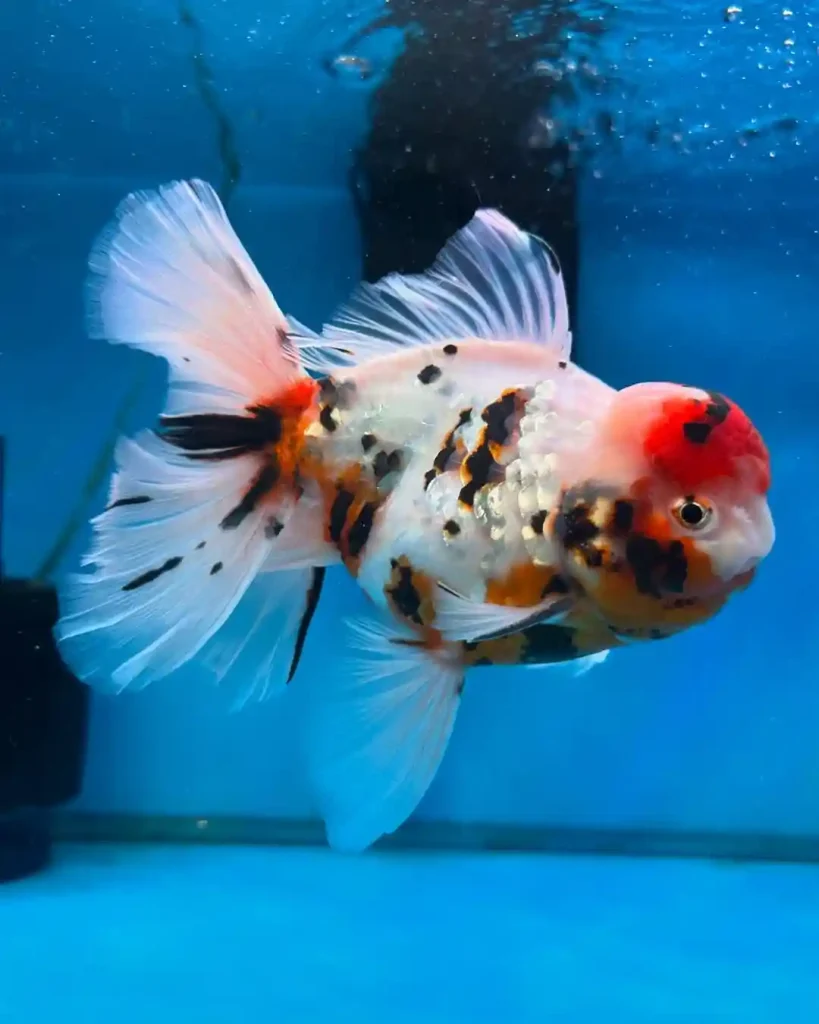
Most Orandas grow to about 6 to 8 inches, but some, especially those raised in spacious ponds, may exceed 10 inches. Growth is influenced by genetics, food quality, and tank conditions.
Tank Size & Setup
Start with a minimum of 20 gallons for one Oranda and add 10 gallons for each additional fish. They need room to swim and plenty of oxygen.
Use a sponge filter and a high-quality external filter rated for a larger tank to handle their waste. Keep the tank bare-bottom or use soft sand to avoid damage to their delicate fins and head growth.
Include smooth decorations and hardy plants like anubias or java fern. Avoid gravel and sharp decor that can injure them.
Water Parameters
Orandas prefer cool to moderate temperatures between 65–75°F. Sudden changes in temperature or dirty water can lead to health issues like fin rot or wen infections. Perform 25–50% water changes weekly and keep ammonia and nitrite at 0 ppm.
Use a reliable test kit to monitor:
- pH: 6.5–7.5
- Ammonia: 0 ppm
- Nitrite: 0 ppm
- Nitrate: below 40 ppm
Diet & Feeding
Feed sinking pellets or gel food formulated for fancy goldfish to reduce air swallowing, which can cause buoyancy issues. Supplement with blanched veggies like peas or spinach and occasional treats like bloodworms or brine shrimp.
Feed once or twice a day in small portions. Remove uneaten food after 2 minutes to avoid water quality issues.
Behavior & Tank Mates
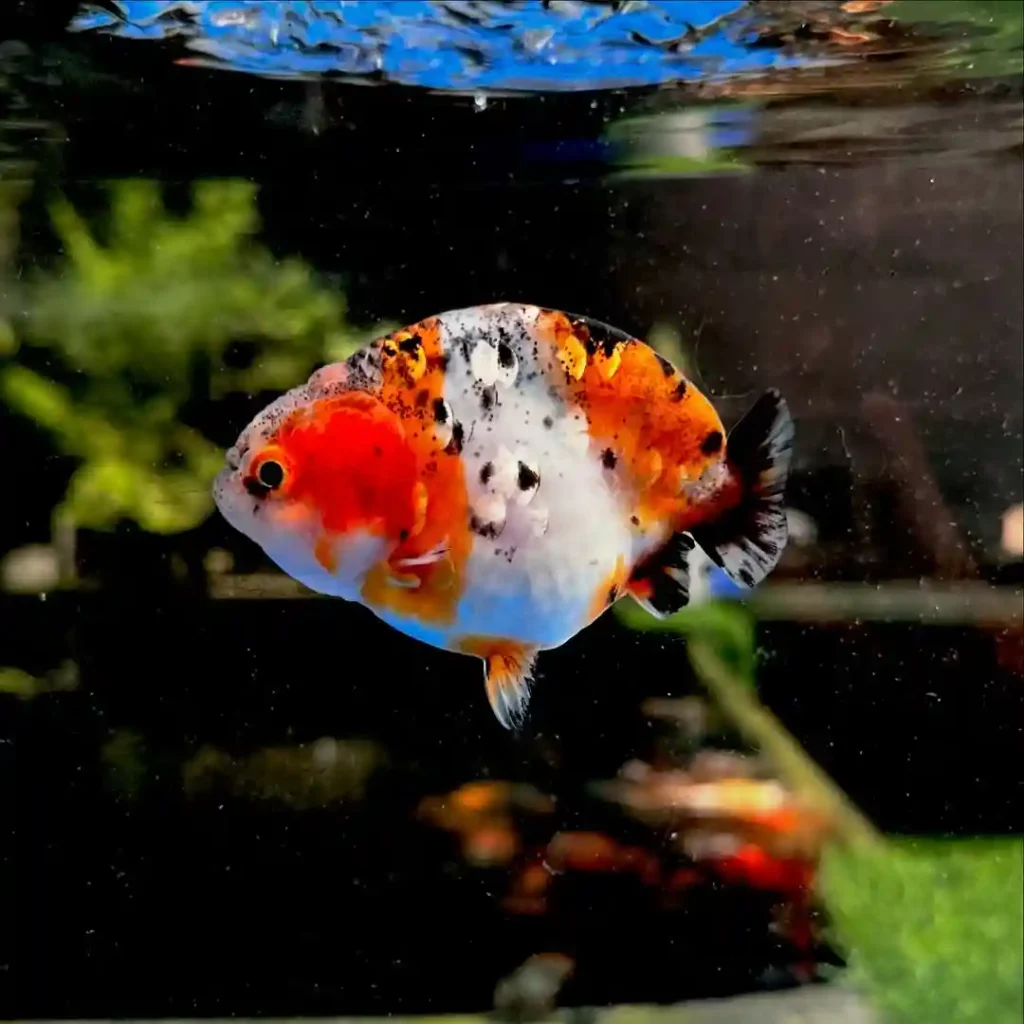
Orandas are slow swimmers and very peaceful. They do best in tanks with other fancy goldfish. Avoid housing them with faster or more aggressive species that might outcompete them for food.
Good companions include:
- Ranchu
- Fantail
- Black Moor
- Lionhead
Avoid common goldfish, tropical fish, or fin-nippers.
Common Health Concerns
Orandas are prone to wen infections, swim bladder problems, and fin rot if kept in poor conditions. Regular water changes, gentle filtration, and good nutrition help prevent these.
Quarantine new additions and monitor for signs like white patches, clamped fins, or unusual swimming behavior.
Know more about fish diseases
Breeding Oranda Goldfish
Orandas can breed in captivity, though raising fry is a more advanced project. Males will chase females during spawning. Eggs are scattered and can be eaten by adults, so a separate breeding tank is ideal.
Fry need very clean water and tiny foods like infusoria or baby brine shrimp.
Final Thoughts
Oranda goldfish are a beautiful and peaceful addition to any well-maintained aquarium. With their striking appearance and gentle nature, they can be a joy to care for, as long as you give them the space, clean water, and proper food they need.

